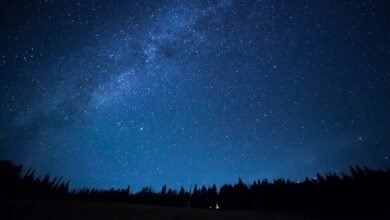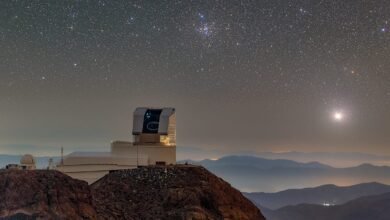What was it like when the very first stars died? | by Ethan Siegel | Starts With A Bang! | Dec, 2023

The first stars took tens or even hundreds of millions of years to form, and then died in the cosmic blink of an eye. Here’s how.
The cosmic story that gave rise to us is a story rife with creation and destruction. At the start of the hot Big Bang, energetic particles, antiparticles, and quanta of radiation were created. Fractions-of-a-second later, most of the particle-antiparticle pairs had annihilated away. Protons and neutrons formed within the first second, and then over the subsequent minutes, atomic nuclei fused together, creating the first elements. Over the next several hundred thousand years, neutral atoms finally formed, and gravitation pulled matter together into clumps. Eventually, some of the largest clumps gravitationally collapsed, creating the first stars.
But these stars, made up of the pristine material forged in the hot Big Bang, would not remain the only luminous objects in the Universe for very long. As these stars were overwhelmingly massive, 25 times the typical mass of stars created during modern times, they burned through their fuel rapidly, causing them to evolve through their life cycles extremely quickly. The more massive a star is, the shorter its lifespan, meaning that these very first stars didn’t live for long at all. The death of the first stars was absolutely necessary to give rise to the Universe as we know it today. Here’s the cosmic story you haven’t heard.
In order to form stars, the gas you’re going to make it out of needs to collapse. But gravitationally collapsing means you have to radiate energy away; the very act of collapsing is one of energy transfer, where gravitational potential energy gets turned into kinetic energy, and where the kinetic energy of matter (i.e., the energy of motion) causes that material to heat up. Today, heavy elements are the best and most efficient energy-radiators that exist, which means that clouds of gas can collapse efficiently, and form all sorts of stars, from the rare ones that come in at hundreds of solar masses down to very small, faint ones at the low-mass end…
Source link




